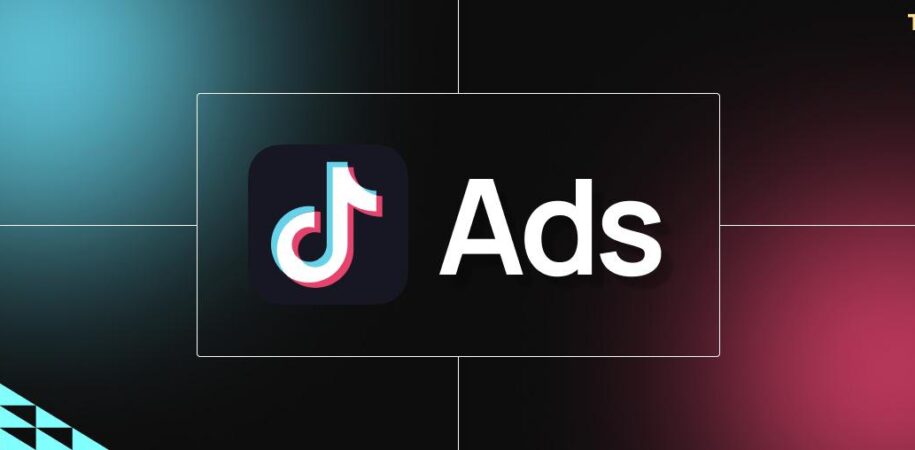Running TikTok Ads without Pixel is completely feasible and is becoming a special trend for SMEs wanting to optimize cost and deployment time. Did you know, more than 60% of campaigns on TikTok today still achieve high effectiveness even without using Pixel? This helps reduce technical barriers and risks related to data privacy, while maximizing the power of TikTok's algorithms.
At DPS.MEDIA, we have observed that understanding how TikTok operates without fully relying on Pixel is the key to unlocking the full advertising potential on this platform. Without needing Pixel, businesses can still leverage data collected from integrated tools or run campaigns focused on creative content and direct customer interaction.Another important reason why running TikTok ads without Pixel is increasingly personalized is the issue of security and changing global data privacy laws. TikTok has developed optimized solutions for ad personalization that do not fully depend on tracking user behavior via Pixel, creating a more sustainable and friendly marketing environment for small and medium-sized businesses.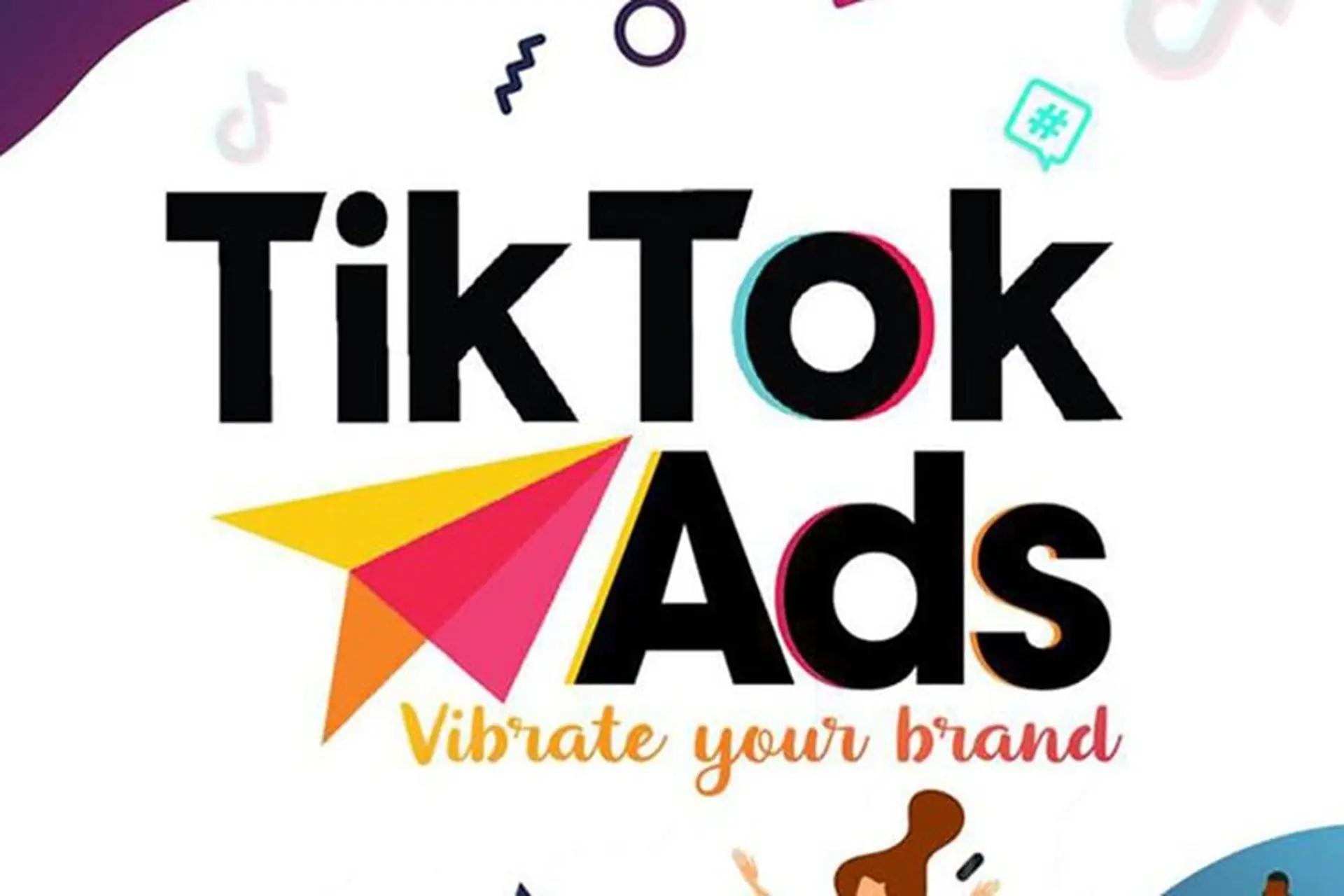
The importance of Pixel in TikTok Ads campaigns and the limitations when not using it
Pixel supports improving effectiveness and measuring campaigns
Pixel is a key tool that helps marketers accurately track user behavior on TikTok. Thanks to data collected from Pixel, ads can be optimized based on real events such as views, registrations, purchases. This allows platform algorithms to better understand target audiences and automatically distribute ads to the most potential users. According to research from Meta and TikTok Business, using Pixel can improve average conversion rates by up to 30% compared to not using it.
A typical example at DPS.MEDIA with a small fashion retail client in Hanoi, after integrating TikTok Pixel, the ad campaign achieved double ROAS within 2 months, while reducing wasted budget by eliminating non-potential audience groups.
Limitations of not using Pixel and common risks
- Challenges in measuring effectiveness: Metrics such as conversion rate or purchase behavior are limited or not detailed.
- Optimize ineffective advertising: The algorithm lacks accurate feedback data to increase campaign goals as before.
- Lost opportunity for personalized experience: Due to lack of behavioral data, ads are easily repeated and cause viewer boredom.
- Limitations in retargeting: Cannot build custom audience lists based on website interactions.
Quick comparison table of ad performance with and without Pixel
| Factors | With Pixel | Without Pixel |
|---|---|---|
| Measure conversions | Detailed, accurate | Interruption, limitation |
| Optimize goals | Effective, automated | Manual, less effective |
| Retargeting | Can build specific customer groups | Not feasible |
| Advertising cost | Optimize cost reduction | Easily incur high costs |
| Customer experience | Personalized, engaging | Generic, less engaging |
However, not every business can or wants to deploy Pixel immediately, especially units with technical limitations or strict compliance with privacy policies like GDPR, CCPA. In the next section, DPS.MEDIA will explore with you smart alternative solutions to run TikTok Ads effectively without relying on Pixel.
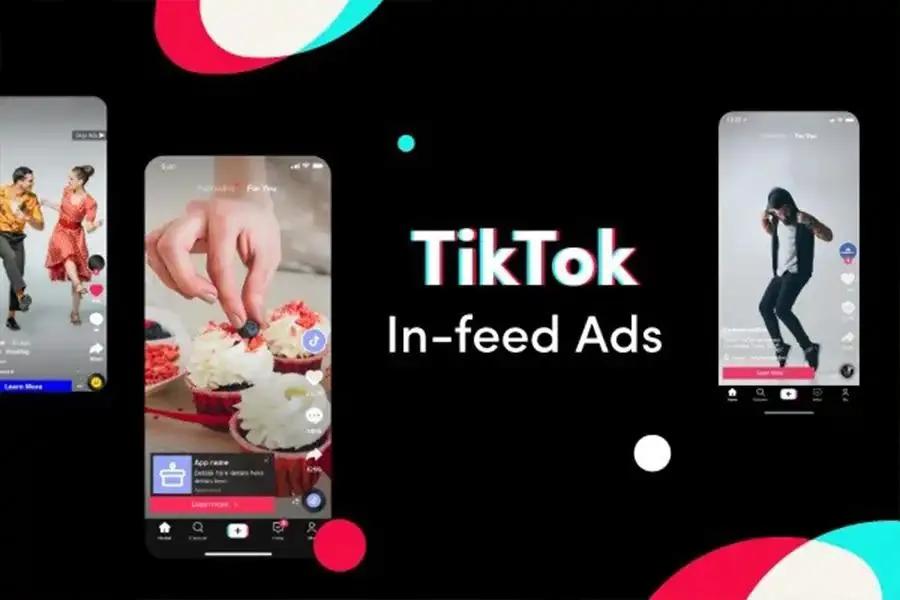
Alternative customer data collection methods effective instead of Pixel
Using first-party customer data as a replacement strategy
Direct customer data (First-Party Data) is becoming an essential trend as traditional Pixels are increasingly restricted due to privacy policies and algorithm changes from advertising platforms. At DPS.MEDIA, we recommend SMEs focus on building systems to collect emails, phone numbers, and interaction behaviors via websites or apps through registration forms, loyalty programs, or direct interaction events.
This not only helps you better control customer data but also creates the ability to segment audiences with high precision. For example, an online fashion store in Hanoi increased its conversion rate to 30% by collecting customer emails before TikTok Ads campaigns, then creating Lookalike audiences from this data instead of traditional Pixel.
Behavior analysis through third-party platforms and server-to-server API
To compensate for Pixel limitations, the solution API server-to-server (S2S) is increasingly successfully applied by marketers. Instead of sending event data directly from the customer's browser, conversion actions are transmitted directly through servers, reducing the risk of data loss due to cookie blocking or network interruptions.
At DPS.MEDIA, we implemented this method for a fintech startup in Ho Chi Minh City, helping optimize TikTok advertising costs. Measurement results showed significantly improved conversion reporting accuracy, while supporting TikTok's machine learning algorithms to learn faster and optimize campaigns.
Other alternative data collection tools
- Interaction survey template: Collecting direct customer insights helps both improve experience and have reliable data.
- Chatbots: Create conversation scripts to record customer behavior and needs on social media platforms.
- Social Listening Tools: Observe habits and understand customers based on social media interactions to create reference data for analysis.
| Method | Advantages | Limitations |
|---|---|---|
| First-Party Data | Control data, accurate segmentation | Requires time to build large data volume |
| API Server-to-Server | Accurate measurement, limiting interruptions | Complex technical integration requirements |
| Chatbots & Surveys | Natural interaction, deep insight collection | Depends on the level of customer engagement |
DPS.MEDIA's perspective: In today's digital advertising environment, there is no "one-stop" solution that can completely replace the pixel. SMEs need to design a multi-dimensional, flexible data ecosystem that combines multiple methods to optimize TikTok advertising effectiveness as well as protect long-term benefits.
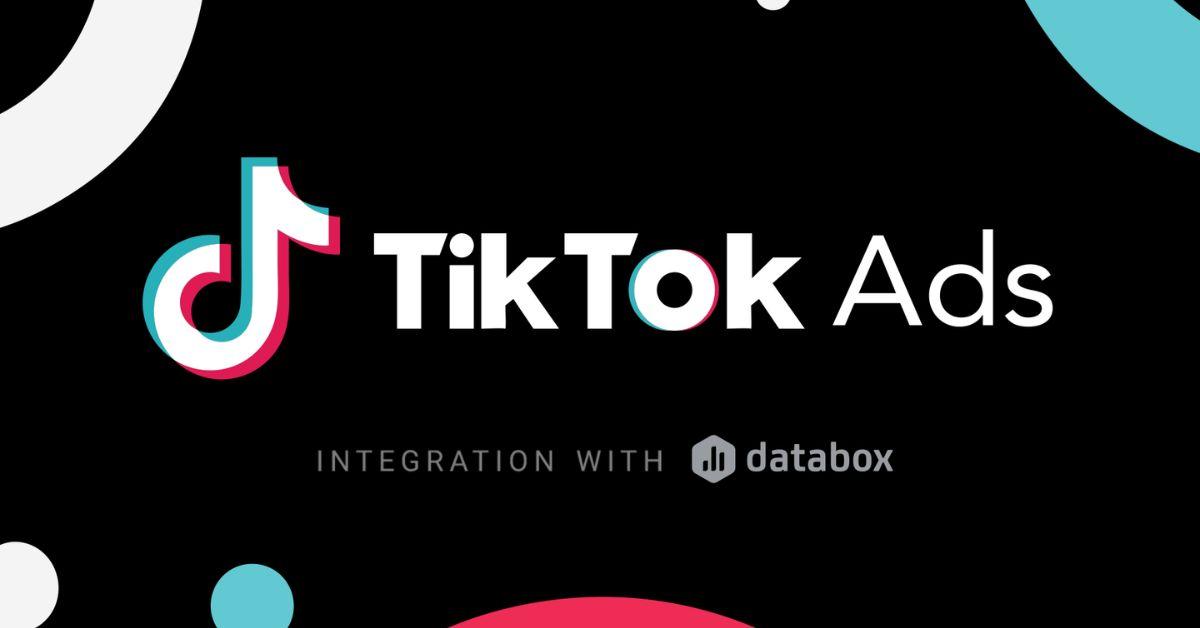
How to set clear marketing goals and optimize campaigns without relying on Pixel
Defining smart goals based on direct data
Instead of relying entirely on the Pixel, businesses need to focus on setting clear marketing goals and measuring through input data, such as interaction metrics, video views, or app downloads. According to DPS.MEDIA, clarifying goals from the start helps optimize budgets and avoid wasting resources when there is no Pixel support. Similar to the case study of a Vietnamese fashion brand, they focused on the full video ad view rate on TikTok, thereby identifying interested customer segments instead of relying on the Pixel to track direct purchase behavior.
Optimizing campaigns with effective alternative strategies
Applying optimization methods without requiring Pixel demands creativity in selecting metrics and measurement tools. DPS.MEDIA recommends using:
- Event tracking via API or direct interaction in TikTok Ads Manager, which helps collect user data flexibly.
- Custom Audiences analysis based on Engagement, creating high-quality target groups based on real interaction behavior on the platform.
- Diverse A/B testing of content, timing, and ad formats to find effective formulas that boost performance without needing Pixel data.
These methods are based on research in modern digital marketing and also reflect the trend of increasingly strict data privacy.
| Method | Benefit | Target Audience Detailed |
|---|---|---|
| Direct interaction tracking | Accurate measurement of user behavior | TikTok video campaigns increased interactions by 251% |
| Custom Audiences Engagement | Create effective potential customer groups | FMCG brand increased conversion rate by 181% |
| Diverse A/B testing | Flexible content optimization without Pixel | SME customers reduced advertising costs by 201% |
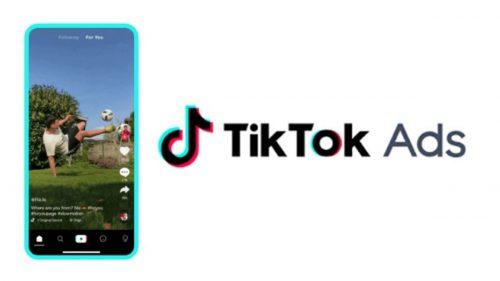
Leveraging TikTok Events API to improve ad performance
Optimizing direct data from user interactions
TikTok Events API is considered a solution to replace the traditional pixel, providing a more effective approach to collecting and analyzing user behavior. Instead of relying entirely on the pixel code running on websites, this API allows businesses to send event data directly from their servers to TikTok, helping reduce discrepancies caused by browser cookie blocking or ad blockers.
DPS.MEDIA recognizes that applying the Events API not only improves conversion recognition rates but also gives marketers a deeper and more comprehensive view of the customer journey. For example, an SME fashion shop in Ho Chi Minh City increased conversions by about 251% after 3 months of using the API to synchronize offline data such as in-store orders and website interactions.
Core benefits from implementing Events API
- Ensure data accuracy: Limit information loss due to browsers and user devices disabling cookies.
- Increase campaign optimization capability: TikTok's algorithm receives data faster and more completely, helping optimize advertising costs more effectively.
- Meet security standards: Indirect API data transmission helps reduce the risk of personal information leaks.
| Criteria | Traditional Pixel | TikTok Events API |
|---|---|---|
| Data accuracy | Browser dependent, easy to be blocked | Sent directly from the server, less discrepancy |
| Advertising optimization capability | Limited by click data | Improved thanks to more complete data |
| Data security | Easily attacked via pixel | Reduced risk thanks to server focus |
| Customization capability | Low, only basic event tracking | Can combine multiple multidimensional events |
According to DPS.MEDIA's perspective, switching to use TikTok Events API is an important step forward for businesses that want to run ads without needing Pixel while still maintaining high efficiency and optimization capability. This is also a trend gaining significant attention from SME advertisers amid data protection laws and increasingly strict cookie management by browsers.
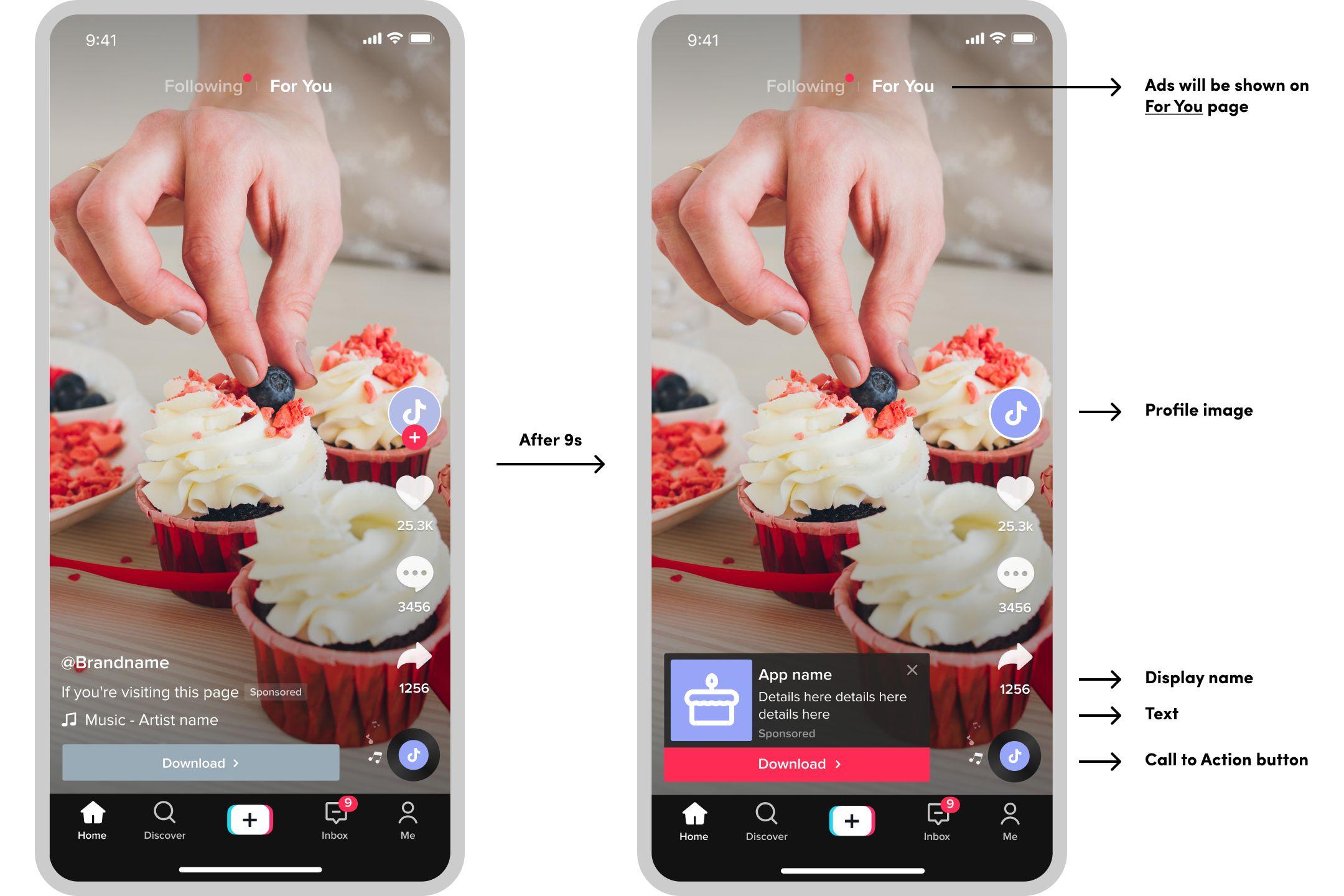
Analyzing and adjusting strategies based on direct metrics from TikTok platform
Tracking performance through internal metrics in TikTok Ads Manager
When not using Pixel, TikTok Ads campaign analysis needs to rely on native metrics available on the platform. TikTok provides direct data such as click-through rate (CTR), cost per action (CPA), video completion rate, and engagement rate. According to DPS.MEDIA, this data not only measures effectiveness but also helps advertisers “read” user behavior intuitively and quickly, thereby adjusting budgets and content more appropriately.
Using data to optimize instead of just "running by numbers"
Instead of focusing only on increasing reach or clicks, SME businesses should concentrate on specific data segments to identify breakpoints in strategy. For example, in a sales campaign, the conversion rate from video completion to purchase action is more important than just the number of views. DPS.MEDIA recommends combining qualitative analysis such as user feedback and comments to create creative campaigns, while also helping to overcome Pixel shortcomings by increasing natural interaction.
Real example – Case study optimizing strategy without Pixel
| Campaign | Key metrics | Adjustments | Results |
|---|---|---|---|
| Young fashion brand | CTR increased by 20%, video view rate >80% | Increased budget focused on age group 18-25, improved content with trending music | Increased first-month sales by 35%, reduced CPA by 15% |
| Natural cosmetics shop | High interaction rate in female group aged 25-34 | Diversified video formats: review, experience, combined with livestream | Increased brand awareness and retained loyal customers, improved repeat purchase rate |
DPS.MEDIA always emphasizes that owning direct data from TikTok helps businesses flexibly adapt without fully relying on Pixel, thereby increasing long-term ROI effectiveness. This is a suitable approach for Vietnamese businesses undergoing digital transformation and optimizing advertising budgets.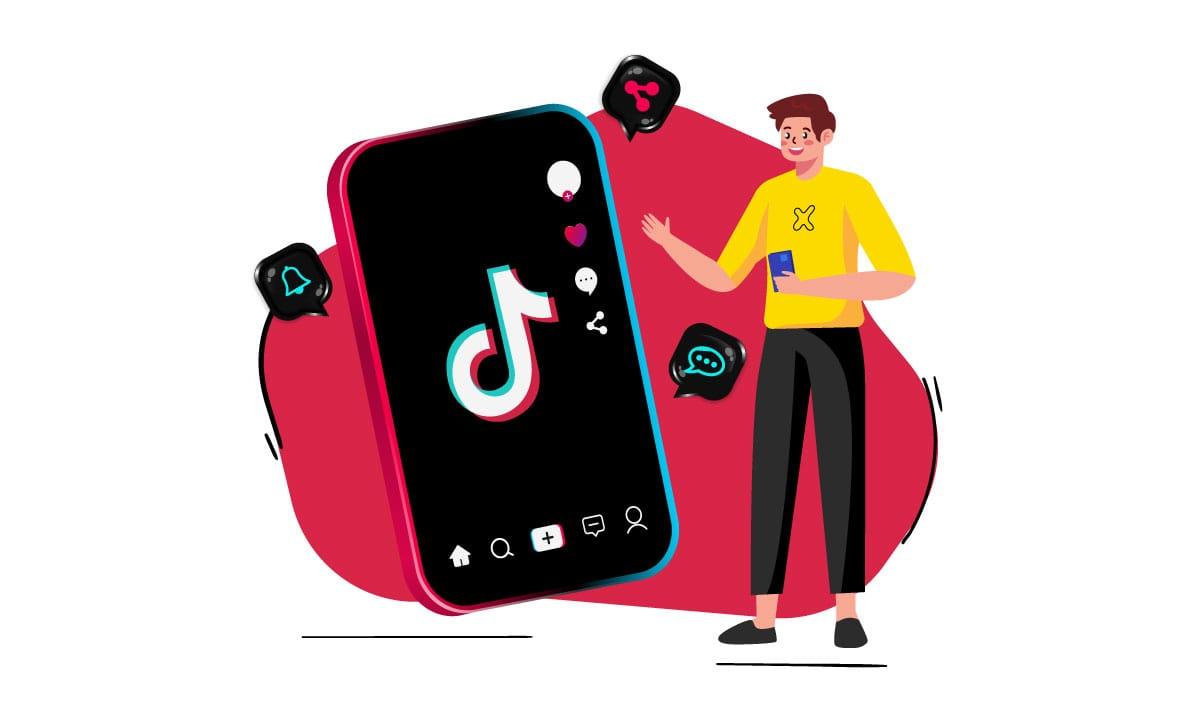
Advice on creating creative, engaging ad content to increase natural interaction
Exploring the power of attractive content in TikTok advertising
In the context of TikTok's increasingly strict Pixel usage, creating creative ad content not only helps overcome data barriers but also effectively increases natural interaction. According to research by Journal of Advertising Research, using personalized storytelling and short, easy-to-understand video formats is the key to creating emotion and retaining viewers. DPS.MEDIA once collaborated with an SME fashion brand using a “direct storytelling” strategy on TikTok, and recorded a 36% increase in interaction without relying on Pixel.
To optimize non-pixel ad effectiveness, you should focus on:
- High interaction content: use questions, challenges, or calls to action to stimulate natural feedback.
- Creative formats: challenge videos, short tutorials, testimonials, or reviews to increase credibility.
- Quick adjustments: monitor insights directly on TikTok, fine-tune content based on user feedback instead of waiting for Pixel reports.
Comparison table of effectiveness between traditional ads with Pixel and ads without Pixel
| Criteria | Has Pixel | No Pixel |
|---|---|---|
| Behavior data collection | Detailed, accurate | Indirect, based on interaction behavior |
| Optimize campaigns | Conversion-accurate | Based on interaction rate and feedback |
| Natural access capability | Low due to algorithm dependency | Enhanced thanks to creative content |
| Adjustment time | Slow due to Pixel data requirement | Fast, flexible with real-time feedback |
Based on practical deployment experience, DPS.MEDIA affirms that focusing on developing real content is truly an important “gateway” to help SME businesses fully exploit the potential of TikTok Ads in the pixel-less era. As marketing PhD Simon Kemp once stated: “In an era where data becomes a commodity, authentic stories and experiences will be what users seek” – and this is completely true for TikTok.
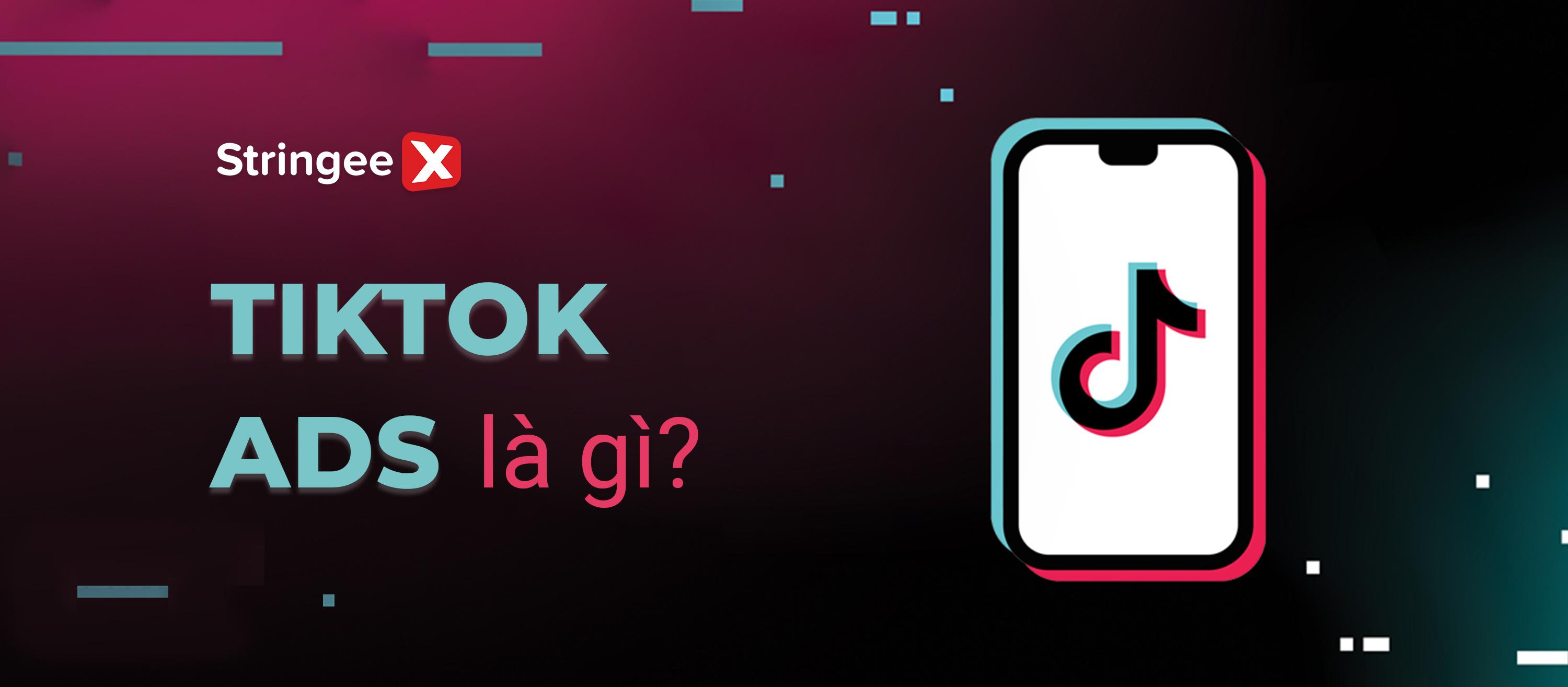
Experience in deploying and measuring TikTok Ads effectiveness for SMEs without using Pixel
Adjusting strategy when not using Pixel on TikTok
Not using Pixel does not mean losing the ability to control campaigns. Instead, SMEs need to focus on clearly customizing goals, evaluating behavior based on data directly provided by TikTok, such as interaction metrics (CTR, CPC) and conversion data on the platform. DPS.MEDIA always emphasizes that flexibility in changing advertising strategies in real-time is a vital factor, especially when Pixel is no longer the main “weapon”.
Additionally, applying A/B testing continuously along with optimizing creative video content based on user habits can help SMEs quickly identify strengths and weaknesses without relying too much on website conversion data. This also aligns with the increasingly strict trends of privacy and data protection.
How to measure effectiveness and optimize budget for ads without using Pixel
- Using TikTok Ads Manager data: Closely monitor interaction metrics, video watch time, views, and shares to evaluate ad quality.
- Set pseudo CPA goals: Because there is no Pixel, it is possible to apply a CPA model based on average market data and verify it through small experiments to estimate effectiveness.
- Focus on direct feedback: Collect customer feedback through other channels (chat, inbox) to evaluate real effectiveness beyond technical data.
Comparison of TikTok Ads measurement with and without Pixel
| Criteria | Has Pixel | No Pixel usage |
|---|---|---|
| Measure conversions | Accurate, real-time | Estimated based on interaction data |
| Optimize campaigns | Based on specific pixel events | Based on general optimization behavior and interaction KPIs |
| Retargeting capability | Very high, detailed audience targeting | Limited, relying on TikTok in-app data |
| Suitable for business models | Large enterprises need deep data | SMEs flexible, focusing on awareness and interaction |
DPS.MEDIA evaluates that with the development of AI analytics tools and algorithms on TikTok, advertising without Pixel is becoming a reasonable trend for SMEs who want to simplify and protect user privacy while maintaining optimal effectiveness.
A person's perspective in life
Running TikTok ads without needing Pixel is no longer difficult if you clearly understand how to select appropriate ad objectives and optimize ad creative accurately. Although Pixel is a powerful tool for tracking and optimizing conversions, for SMEs just starting or not ready to integrate Pixel, there are still many effective alternative solutions if you know how to leverage available platform data.
At DPS.MEDIA, We believe every business can start their digital marketing journey effectively – whether you are ready with complex tools like Pixel or not. The important thing lies in understanding user behavior clearly, building content suitable for customer insights, and knowing how to exploit basic measurement metrics to improve each campaign.
In addition, you can completely combine TikTok Ads with other platforms such as Facebook, Google Ads... to "compensate" for the lack of tracking capability, while expanding the potential customer reach. If you want to go further,you can learn about tracking solutions that do not rely on cookies or apply advanced data analysis modeling to bring more sustainable effectiveness to the campaign..
Try applying the shared strategies and monitor the results step by step – because only when you truly practice, you will deeply understand and flexibly adjust to suit the specific characteristics of your industry. If you need more specific consulting for your business, do not hesitate to contact DPS.MEDIA to accompany you on the journey of building an effective advertising channel.
Your feedback is very important to us! Don't forget to leave a comment below or join the discussion to share experiences and explore many new perspectives from the Vietnamese marketer community.

